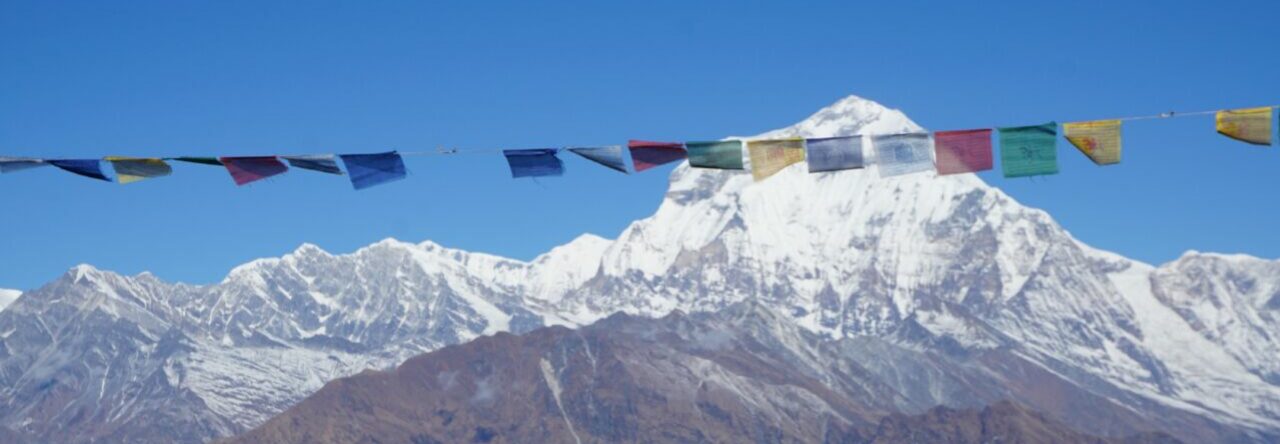In the Meg Peterson tradition of traveling uncomfortably, the sleeper bus is right up there with the open-air local buses, third class trains, and small “taxis” the size of pick up trucks, who start only when packed with twenty-four people, six of whom are in the front seat, including a driver and a little old lady (not I!) squashed under a fat man smoking a cigarette. But back to the sleeper bus. I promised a recap and what a disappointment this was. Forget that it was three hours late or that it didn’t have a toilet, or that the two beds side-by-side were designed for two anorexics. The final blow (no pun intended) was an air conditioning system with no knobs for regulation and a hole like a wind tunnel that blew frigid air all night on its occupants. Two depleted aging valentines staggered out in Hampi, glad for the heat, and willing to stay anywhere so long as there was no air conditioning and no mosquitos. A sympathetic tuk tuk (auto rickshaw) driver saw our plight and found us a charming guest house close to the Tungabhadra River in the old town proper. It’s a truism that you get what you pay for, but in India you get a helluva lot, as I’ve mentioned before. We split an $18.00 room and had our first hot shower in weeks. Thus began two full days of the most amazing exploration of old ruins in my recent memory.
In its prime, Hampi was enormously wealthy, with a market full of jewels, and palaces plated with gold, having held the monopoly on trade in spices and cotton. You could see the remains of these remarkable and extensive markets that stretched for miles and were situated adjacent to the various temples and monuments. The town was also well- fortified and defended by a large army. Despite this, it was largely plundered and destroyed in 1565 at Talikota at the hands of the Deccan sultans. Today the stark and barren twenty-six square mile area on the right bank of the river has the ruins of a great empire strewn across it. The Indian government wants its people to enjoy and realize the wealth of its past, so Indians gain entrance to these sites for a few rupees, while tourists pay a husky price. This is understandable, and the locals throng to the ruins, feeling a pride in their heritage that they are just beginning to regain after years of occupying the position of a third world country. The change in attitude h beenvery noticeable to me in the intervening twenty-five years since my first exploration of India.
Most of the sites we visited were early 16th century, during the reign of Krishna Deva Raja (1509-29), with the citadel standing on the bank of the river. The ingenious style adapted by the skilled craftsmen of the day perfectly blended architectural masterpieces with the barren and rocky landscape. Gullvi and I spent two days touring the ruins and two evenings standing on high hills watching the sun set through ruins that resembled the Parthenon, juxtaposed to rocks placed by nature in stunning artistic configurations. Add to this, frolicking monkeys and the calls of wild creatures, and you have an unforgetable experience.
Temples abound on the riverside–a royal enclosure and numerous feats of engineering…baths, tanks, aqueducts, sliusses, and canals, which could function even today. We saw the remains of the bazars in which gold was traded–row upon row of granite columns, some with the stone roofs still in tact and others open to the sky. Our tuk tuk driver/guide took us to twelve major sites spread throughout the land, among them the Queen’s Bath and immense elephant stables, where every column was loaded with stone carvings and bas reliefs of scenes of life in the palace. This is a place in India not to be missed! The setting is tranquil, the small town of only 35,000 people (which, during the Hindu/Moghul period boasted 650,000 inhabitants) is charming, and the excellent roof top restaurants lend a feeling of festivity amidst the surrounding panorama of temples and ruins.
I got my come-uppance the last day when, in a feeling of celebration, I asked a storekeeper if he had any beer. “There is no alcohol in Hampi, Madam,” he said. “This is a holy town.”
I returned, chastened, to spend a quiet evening under my protective mosquito netting.
As you may have noticed, I am way behind, mostly due to the strenuousness of these past three weeks and the lack of internet cafes in the small towns we visited. I will keep you in suspense about our days at the Ajanta and Ellora caves and our search for tigers at the Banhavgarh tiger reserve. And when I get home, I will share pictures of some of the wonderful individuals we met. Keep tuned. I haven’t finished with India, yet!


Vera Crews
Oh, Meg, it’s just wonderful continuing your odyssey with you, if only in spirit. Keep writing your beautiful story, and may God be with you in these waning days . . . Vera
tsema
dear mom,
i love you for being my god mother and thank you so much for everything and i still missed the day you came to visit me and the warmest kiss i ever had in my life…………
i just read it and i love every part of it.